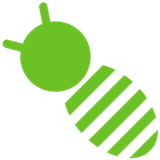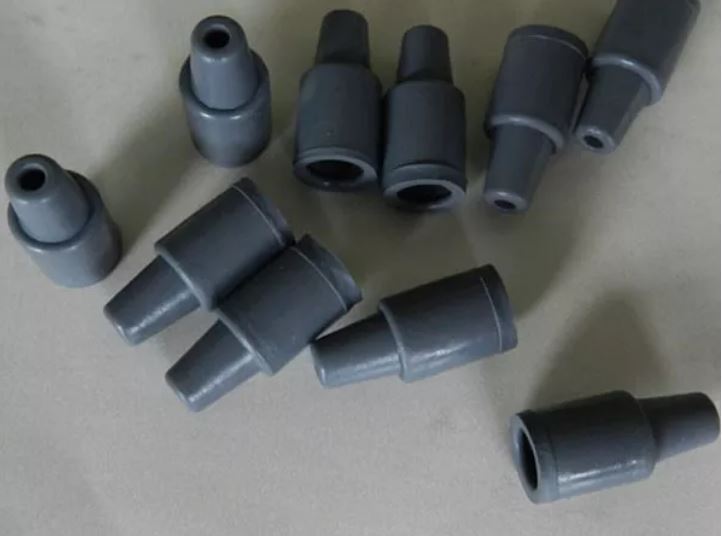Beet armyworm) – a serious pest on a wide host range vegetable, field and flower crops. The beet armyworm is a general feeder and attacks the foliage, stems of field and vegetable crops. It is a significant pest for vegetable growers because of its wide host range and resistance to most insecticides. The beet armyworm is a light-green to black larva with four pairs of abdominal prolegs and a dark head. There are many fine, white wavy lines along the back and a broader stripe along each side. There is usually a distinctive dark spot on each side just above the second pair of true legs.
Life cycle :
Female moths lay masses of up to 80 eggs underneath a covering of cottony-white scales, as many as 600 eggs over a 3 to 7-day period. These eggs hatch in 2 to 3 days and the larvae first feed together in a group near the egg cluster. As they grow, they gradually move away from the egg masses. Many small larvae die during this wandering stage but the behavior tends to spread out the infestation. Beet armyworm is quite mobile; one larva may attack several plants in a row. Older larvae may feed on fruit as well as leaves. After they complete their feeding, the 1-1/4 inch larvae pupate in the soil in a loose cocoon containing soil particles and leaf fragments. The life cycle takes about a month to complete in warm weather.
Host plants :
Vegetable crops include Asparagus, Bean, Ladies finger, Beet, Broccoli, Cabbage, Cauliflower, Celery, Chickpea, Corn, Cowpea, Brinjal, Lettuce, Onion, Pea, Pepper, Potato, Radish, Spinach, Sweet potato, Tomato, and Turnip. Field crops damaged include Alfalfa, Cotton, Peanut, Sunflower, Sorghum, Soybean, Sugar beet, and Tobacco.
Damage :
The first two instar larvae are gregarious and feed in groups on foliage, typically damaging young terminal growth. The clumped skeletonizing of foliage is known as a beet armyworm ‘hit’ in many crops. Profuse silk webbing may give infested plants a shiny appearance. Later instars feed on foliage and other plant parts; no webbing is produced. Third and later instar larvae disperse and may continue feeding on foliage but will readily bore into fruit.
ETL for Spodoptera exigua(Beet armyworm) is 15-20 No’s of moths per trap per day.
Use 8-10 No’s Pheromone Traps per acre. Install within 1-week crop stage to control pest at early stage.
Trap canopy should be placed one feet above crop canopy to achieve optimum catch.
Recommended trap model: Phero-Sensor-SP™ or Phero-Sensor – BP™
Recommended for: Beans, Beet, Broccoli, Cabbage, Cauliflower, Celery, Chickpea, Corn, Cowpea, Brinjal, Lettuce, Onion, Pea, Pepper, Potato, Radish, Spinach, Sweet potato, Tomato, and Turnip. Cotton, Peanut, Sunflower, Sorghum, Soybean, Sugar beet, and Tobacco.




